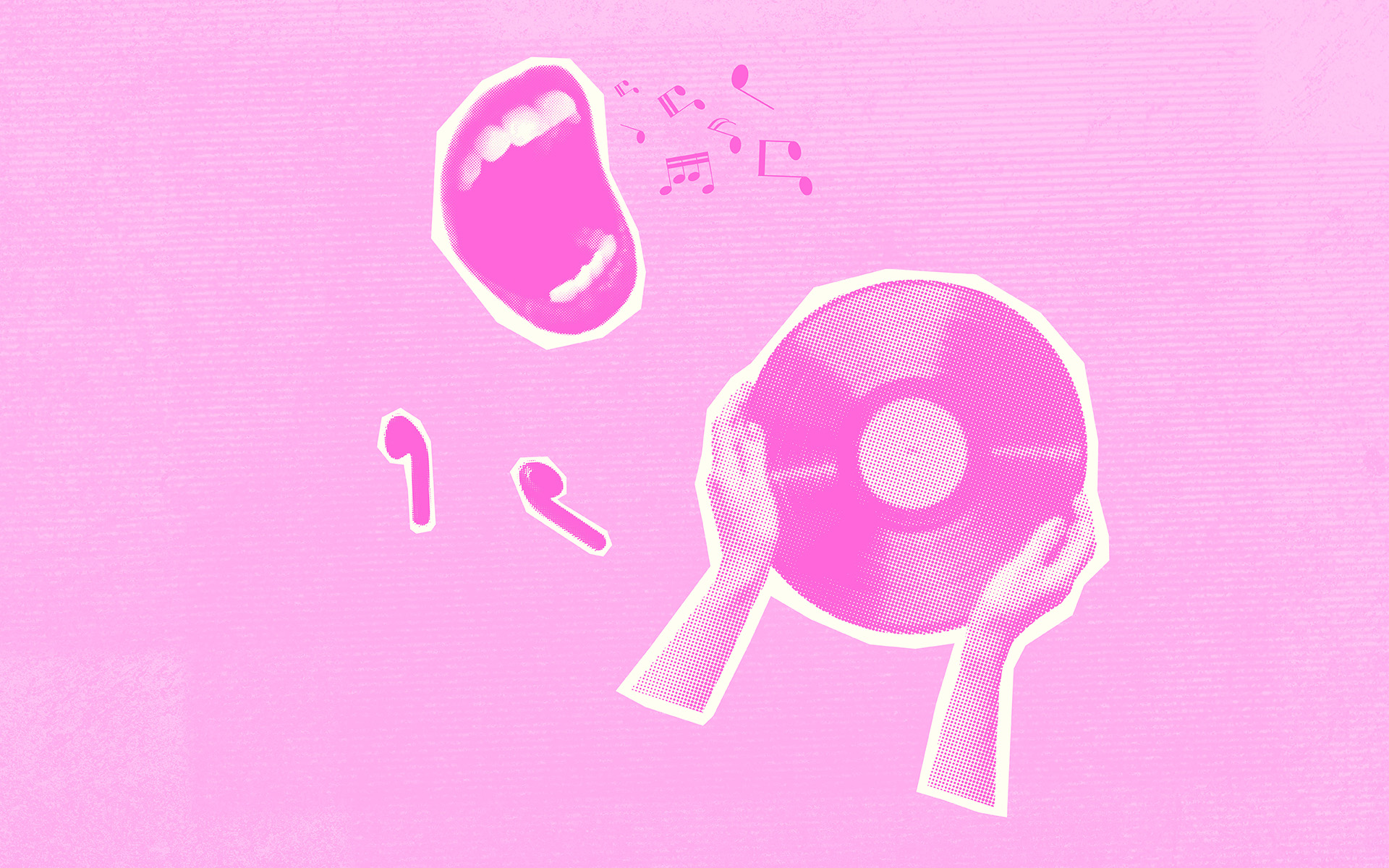

I can’t remember a time when music wasn’t at the center of things for me. The Now That’s What I Call Music CDs that were my prized possessions in the 90s. The aux cord I always seemed to end up with at parties. I loved the way a song could shift the air and make people feel something together.
That never left me. And while I didn’t grow up to be a DJ, I never stopped being a listener. I’ve always relished the way sound changes a room, connects strangers, makes an ordinary drive with the windows down feel cinematic.
Today, it feels like everyone else has discovered that same joy. Audio became just as important as the words and visuals on social media, prompting us to find ways to use sound to connect and communicate with one another.
For a long time, social media was a quiet scroll of status updates and static images. YouTube cracked the door open but was often treated as its own thing instead of a social platform.
It was TikTok, and the strange, suspended time of 2020, that made sound inseparable from the feed. Suddenly, the scroll wasn’t silent. We layered voiceovers on songs. We synced dances to audio clips and passed snippets around like inside jokes. Young artists and musicians found their voice on the platform.
We found joy in the call and response of our endless posting, remixing and dialogue. The same way a song can shift the mood in a room, it began shifting the mood online.
Part of it is science. Music releases serotonin and dopamine, which is why a trending audio clip repeats until you’re humming it in the car. And with algorithms so curated to your behavior, all it takes is a few seconds of watching one sound and you’re hooked, watching dozens more. (For me right now, it’s Olivia Dean’s “Man I Need.”)
But sound is also about connection. Musicologist Christopher Small once wrote that “musicking is connecting: tone with tone, person with person…in a spiraling web of relationships.” That’s exactly what social audio can be—thousands of people tied together through the same fifteen seconds of sound.
The numbers also back this up. Instagram Reels that use trending audio see on average 29% more reach and 42% more engagement compared to those without (Adobe Express). And now that Instagram allows audio on carousels and single-image posts, that discovery loop extends beyond just Reels.
Think about Fleetwood Mac’s Dreams and the Ocean Spray guy. Kate Bush’s Running Up That Hill revival through Stranger Things. Saltburn’s Murder on the Dancefloor craze. These songs became collective experiences.
Beware: Trending audio matters, but not every trending audio is right for your brand.
A sound trends because it resonates. It carries emotion, subtext, and cultural relevance. Brands and creators make the mistake of chasing sound only for discovery, but the algorithm won’t save you if the audio feels pasted on.
The brands that win are the ones that take sound and make it their own. They use a snippet to tell a story only they could tell, and they treat sound as the score of a complete composition.
In each of these examples we can see how every post is its own short film, its own scene. And the audio is crucial to making it land.
Music has always been the score to our lives. Social has made it the score to our shared lives.
For brands, the opportunity is simple. Don’t just chase trends. Choose sound with intention. Because in today’s feed, audio isn’t optional. It’s the difference between being scrolled past and being remembered.
PETERMAYER and Quantum Fiber Premiere “Yay to You” Campaign—a Love Song to Internet Users
The new campaign is a celebration of eccentricity, framing customers as the heroes they are. See the work here.
PETERMAYER and Quantum Fiber Premiere “Yay to You” Campaign—a Love Song to Internet Users
The new campaign is a celebration of eccentricity, framing customers as the heroes they are. See the work here.
PETERMAYER and Hippie Fish Level Up Family Entertainment on the Gulf Coast
Fun on the Gulf Coast looked awfully boring. Enter Hippie Fish.
PETERMAYER and Hippie Fish Level Up Family Entertainment on the Gulf Coast
Fun on the Gulf Coast looked awfully boring. Enter Hippie Fish.
The Sound of Joy: How Audio Shapes Our Social Media Experience
Choosing the right audio is key to making your social content into shareable experiences. We show you how.
The Sound of Joy: How Audio Shapes Our Social Media Experience
Choosing the right audio is key to making your social content into shareable experiences. We show you how.
